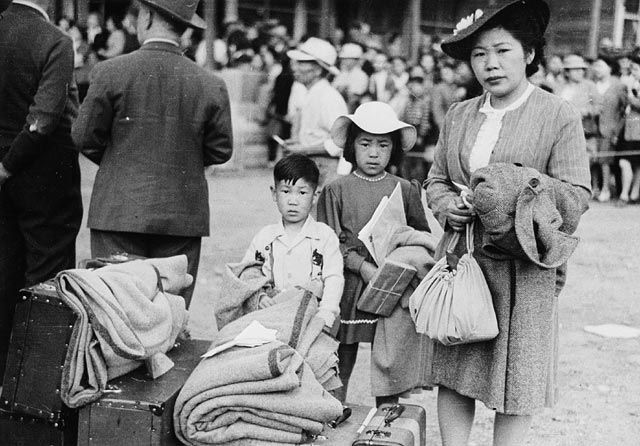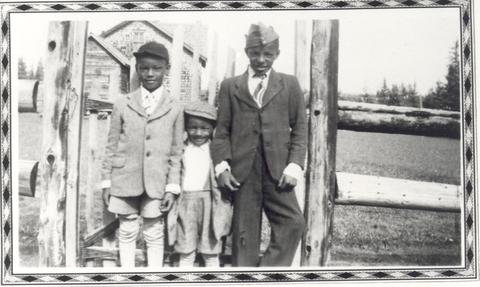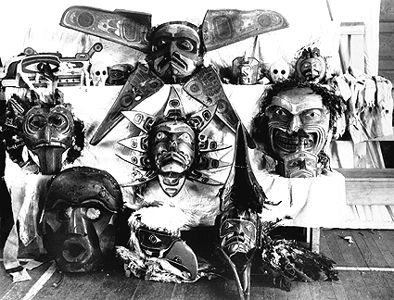Article
Homosexuality
Homosexuality can be characterized as sexual attraction or "sexual orientation" towards others of one's own sex. Homosexuals may be male ("gay") or female ("lesbian"). Like heterosexual behaviour, homosexual behaviour ranges from anonymous sex, promiscuity and prostitution to romantic affairs and lifelong faithful relationships.




.jpg)










